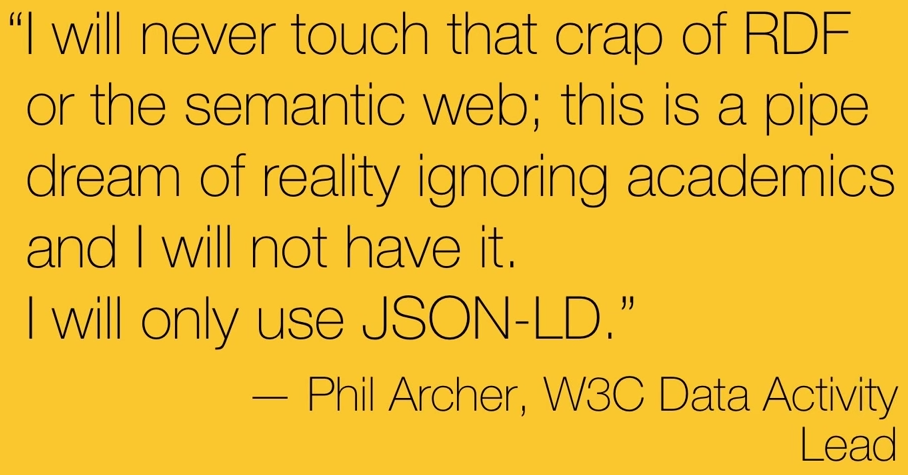Querying aggregated Walmart and BestBuy data with SPARQL by Bob DuCharme.
From the post:
The combination of microdata and schema.org seems to have hit a sweet spot that has helped both to get a lot of traction. I’ve been learning more about microdata recently, but even before I did, I found that the W3C’s Microdata to RDF Distiller written by Ivan Herman would convert microdata stored in web pages into RDF triples, making it possible to query this data with SPARQL. With major retailers such as Walmart and BestBuy making such data available on—as far as I can tell—every single product’s web page, this makes some interesting queries possible to compare prices and other information from the two vendors.
…
Bob’s use of SPARQL won’t be ready for this coming Black Friday but some Black Friday in the future?
One can imagine “blue light specials” being input by shoppers on location and driving traffic patterns at the larger malls.
Well worth your time to see where Bob was able to get using public tools.
I first saw this in a tweet by Ivan Herman.



